The Yoga A940 is Lenovo's all-in-one answer to the Surface Studio
Lenovo's shifting all-in-one desktop PC is aimed at digital creators and doesn't break the bank
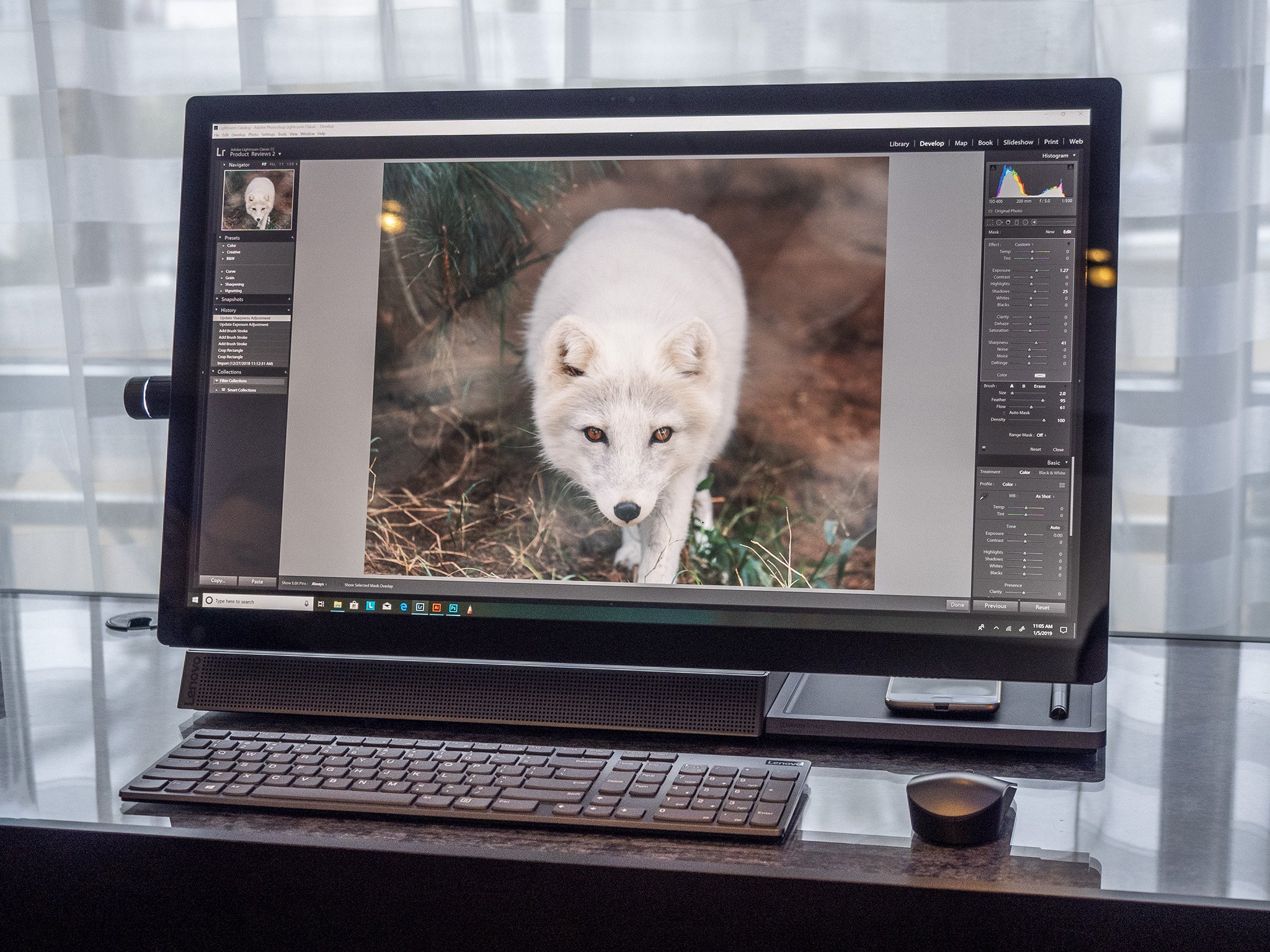
The Microsoft Surface Studio has been on the creative scene for a few years now, so it seems natural to ask if it's influencing other PC manufacturers to do the same. It seems we now have our answer with the Yoga A940 – a new desktop all-in-one with a movable display aimed at digital content creators.
While the comparison to the Surface Studio is valid, Lenovo is also bringing unique twists and solving some problems along the way too.
First and foremost is the Yoga A940 has an actual desktop-class Intel Core i7-8700 65 watt processor versus the low-powered laptop processor found in the Studio.
For a GPU, the Yoga A940 is packing a decent AMD Radeon RX 560 – that's by no means a gaming GPU, but for those using photo and drawing software should be enough while keeping overall costs low – another significant distinction between this and the Surface Studio.
| Category | Lenovo Yoga A940 |
|---|---|
| Display | 27-inch UHD (3840x2160) IPS touchscreen, Dolby Vision HDR 27-inch QHD (2560x1440) IPS touchscreen, Dolby Vision HDR 25º dual hinge |
| Processor | Intel 8th Gen Core i7 |
| Graphics | AMD Radeon RX 560 |
| RAM | 8GB, 16GB, or 32GB DDR4 |
| Storage | 128GB, 256GB, or 512GB PCIe SSD; or 1TB or 2TB SATA HDD |
| Ports | USB-C Thunderbolt 3 x1, USB-C 3.1 x1, USB 3.0 x4, USB 2.0 x2, SD card reader, Ethernet, 3.5mm audio jack |
| Camera | 1080p Windows Hello IR camera |
| Pen | Lenovo Active Pen 1 (AES 1.0) |
| Dimensions | 25.03 x 18.71 x 8.96 inches (635.7 x 475.3 x 227.7 mm) |
| Weight | Starting at 32.19 lbs. (14.6 kg) |
| Availability | March 2019 |
| Price | Starting at $2,349.99 |
Another smart innovation is the Lenovo Precision Dial accessory which is included with each Yoga A940. That dial plugs into either the right or left-hand side depending on preference. It sits at mid-level of the display and results in a more natural position than the Surface Dial. For usage, it has two dials and a push button to toggle the menu or toggle functions. For functions, the artist can use the dial for brush stroke, tip size, opacity, and flow rate.
Lenovo is configuring the dial to work with specific photo, video, and drawing apps such as Adobe Illustrator, Photoshop, Lightroom 7 and more.
For inking, the Yoga A940 supports the Lenovo Active Pen with AES 1.0. That pen can be stored on the innovative mat that sits below the display. The mat also has Qi wireless charging for your smartphone and can be used to store the mouse when not in use. The whole design of the Yoga A940 is meant to allow hiding of the desktop accessories like the keyboard, mouse, and pen when in drafting mode – versus the Surface Studio, where you have to push it all to the side.
All the latest news, reviews, and guides for Windows and Xbox diehards.
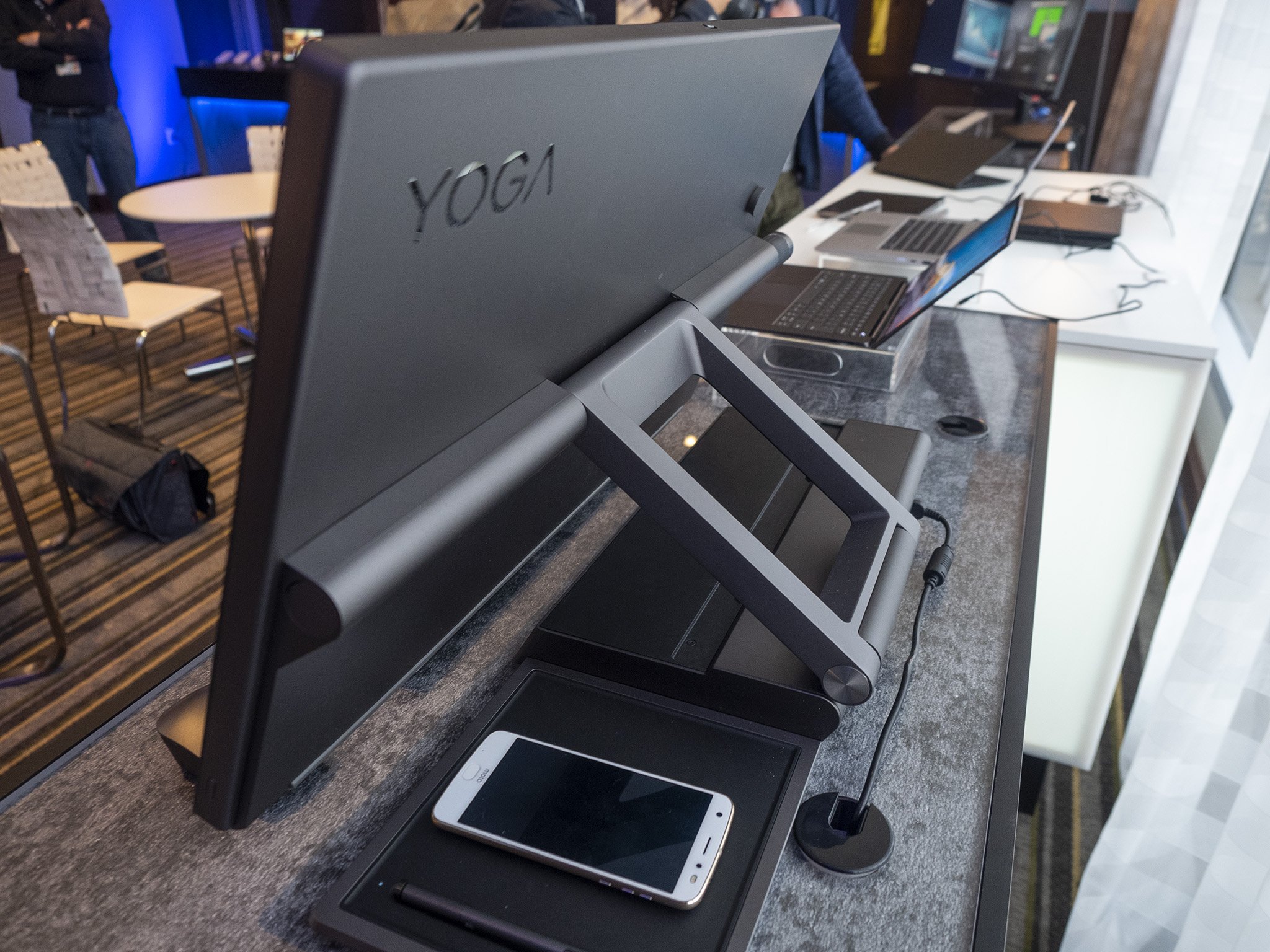

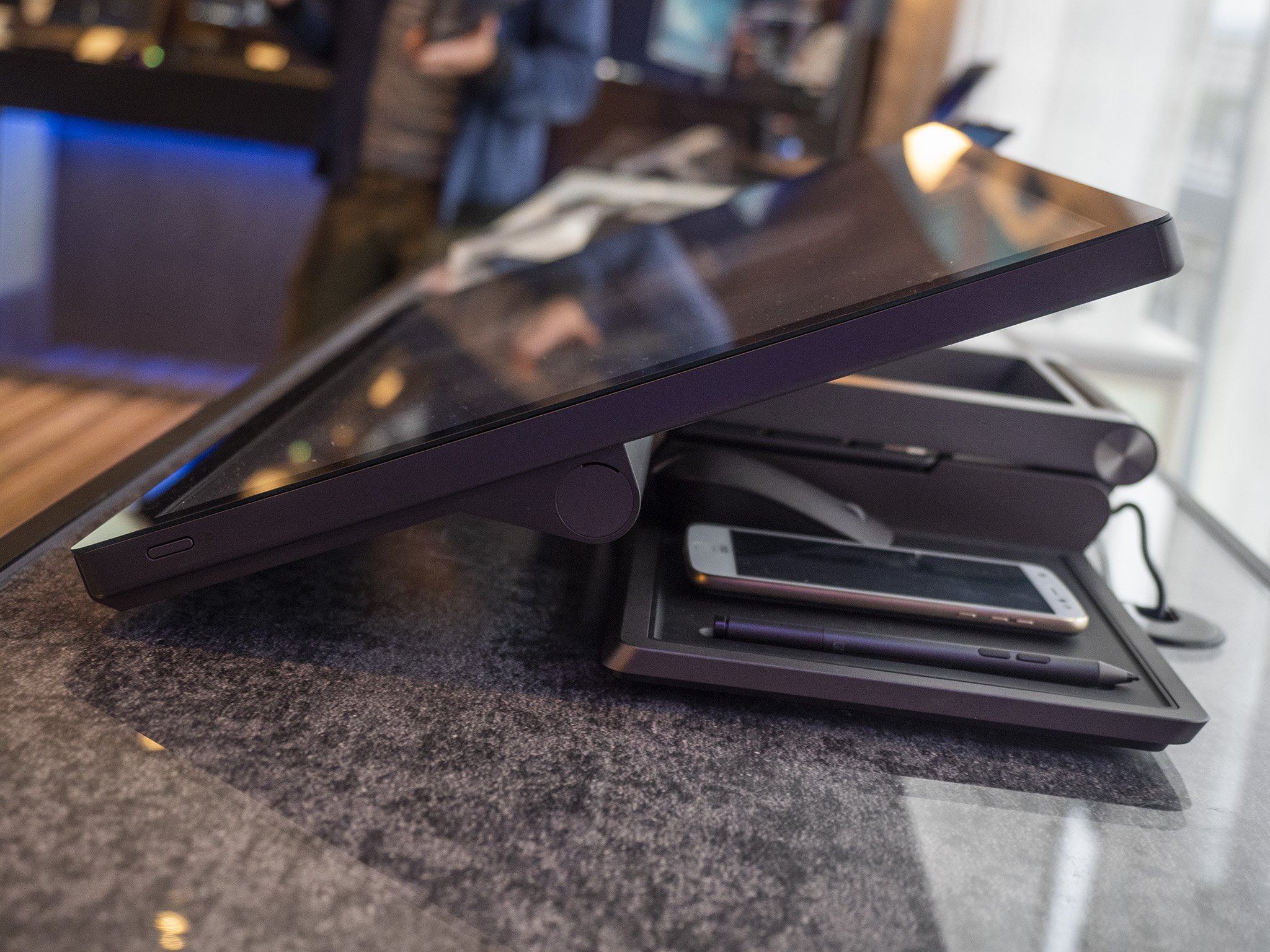

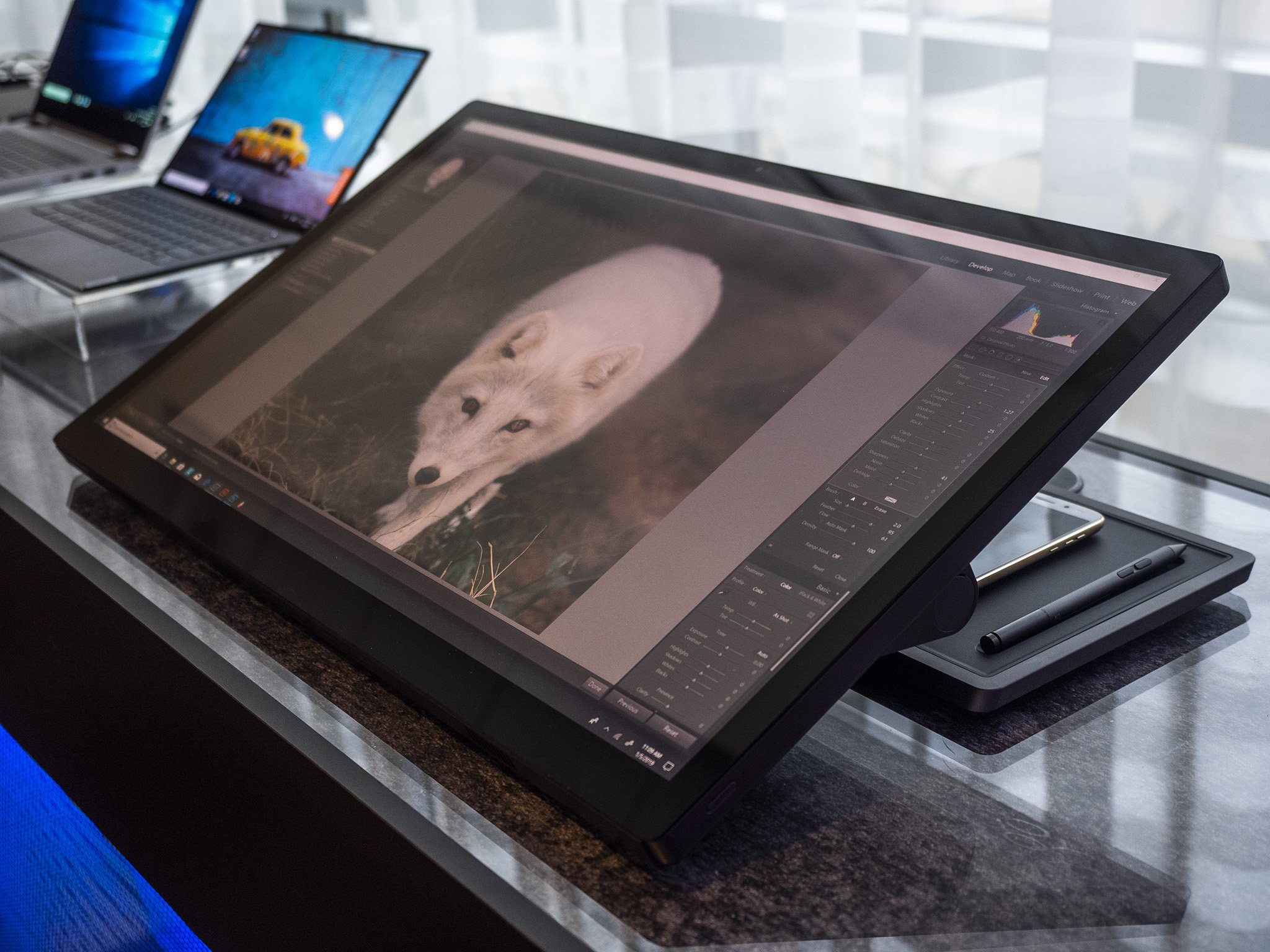
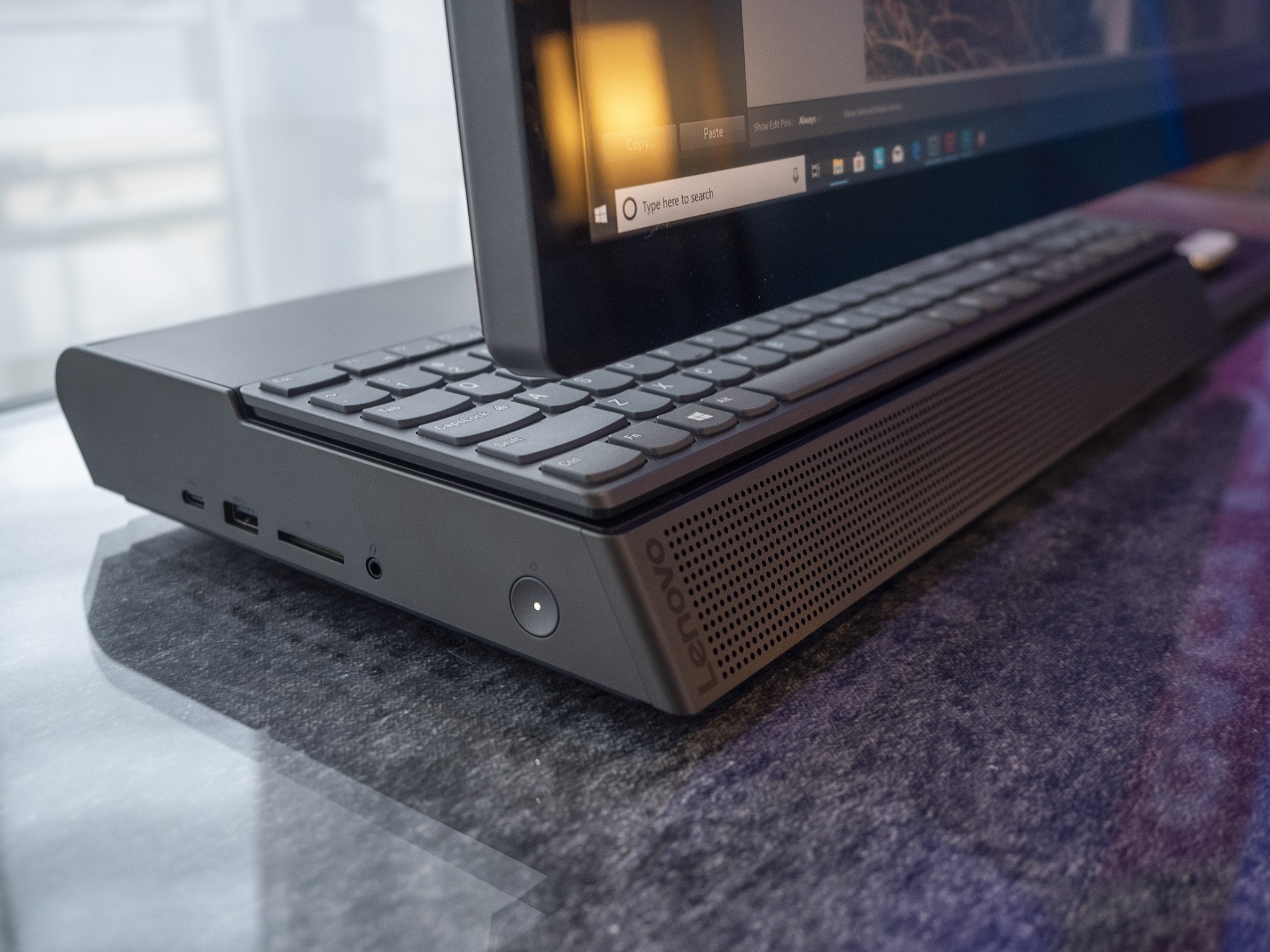
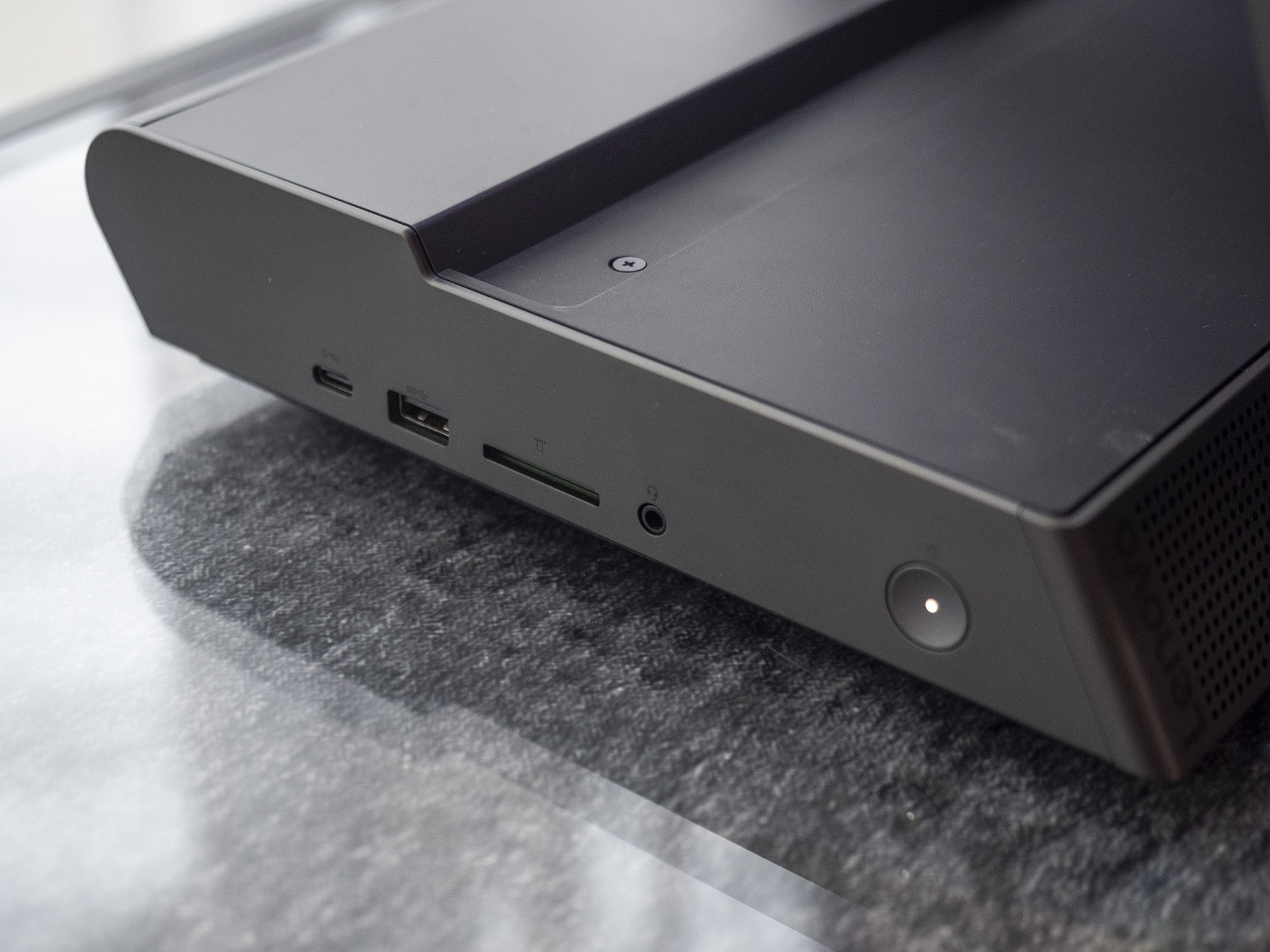
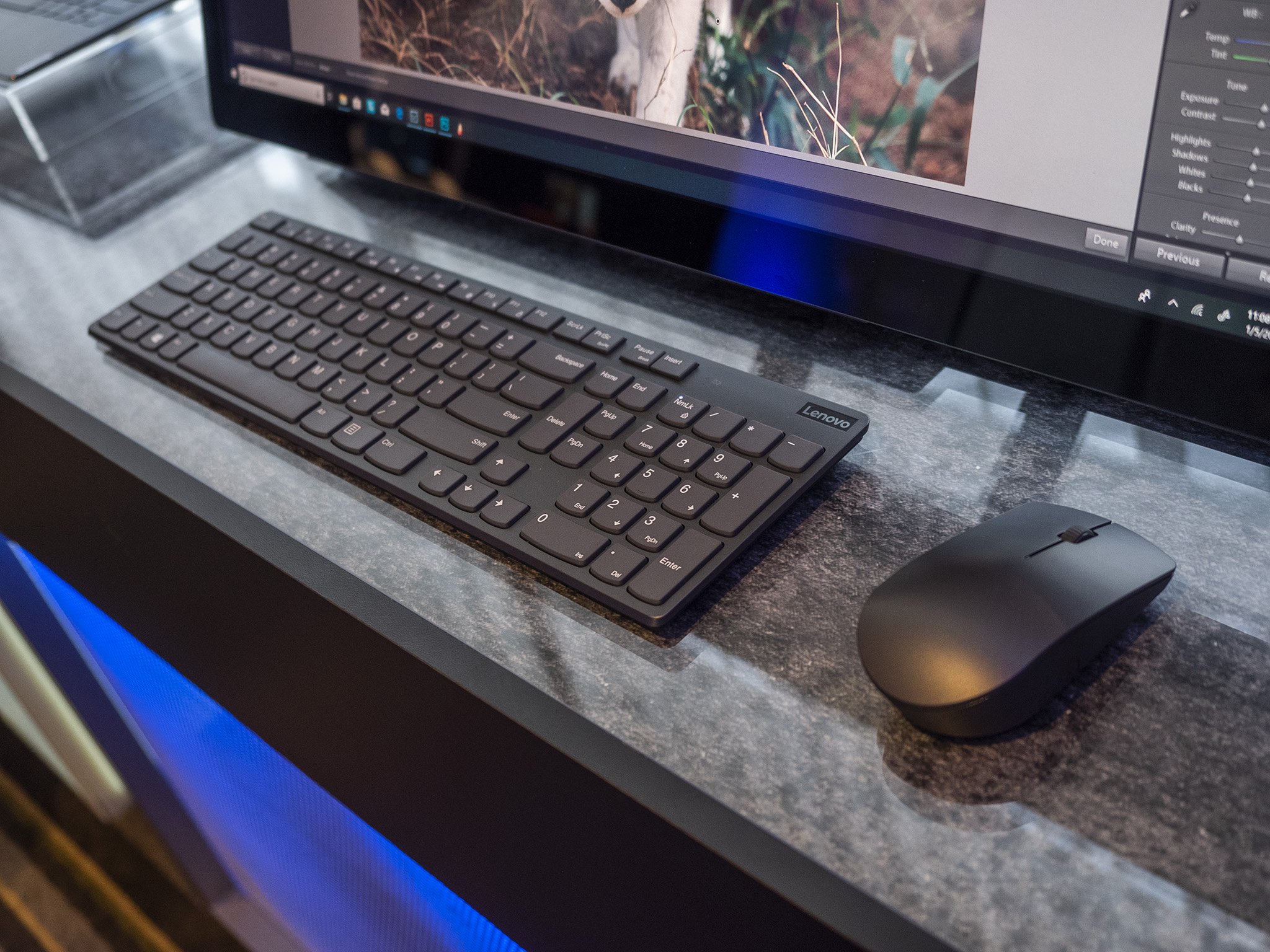
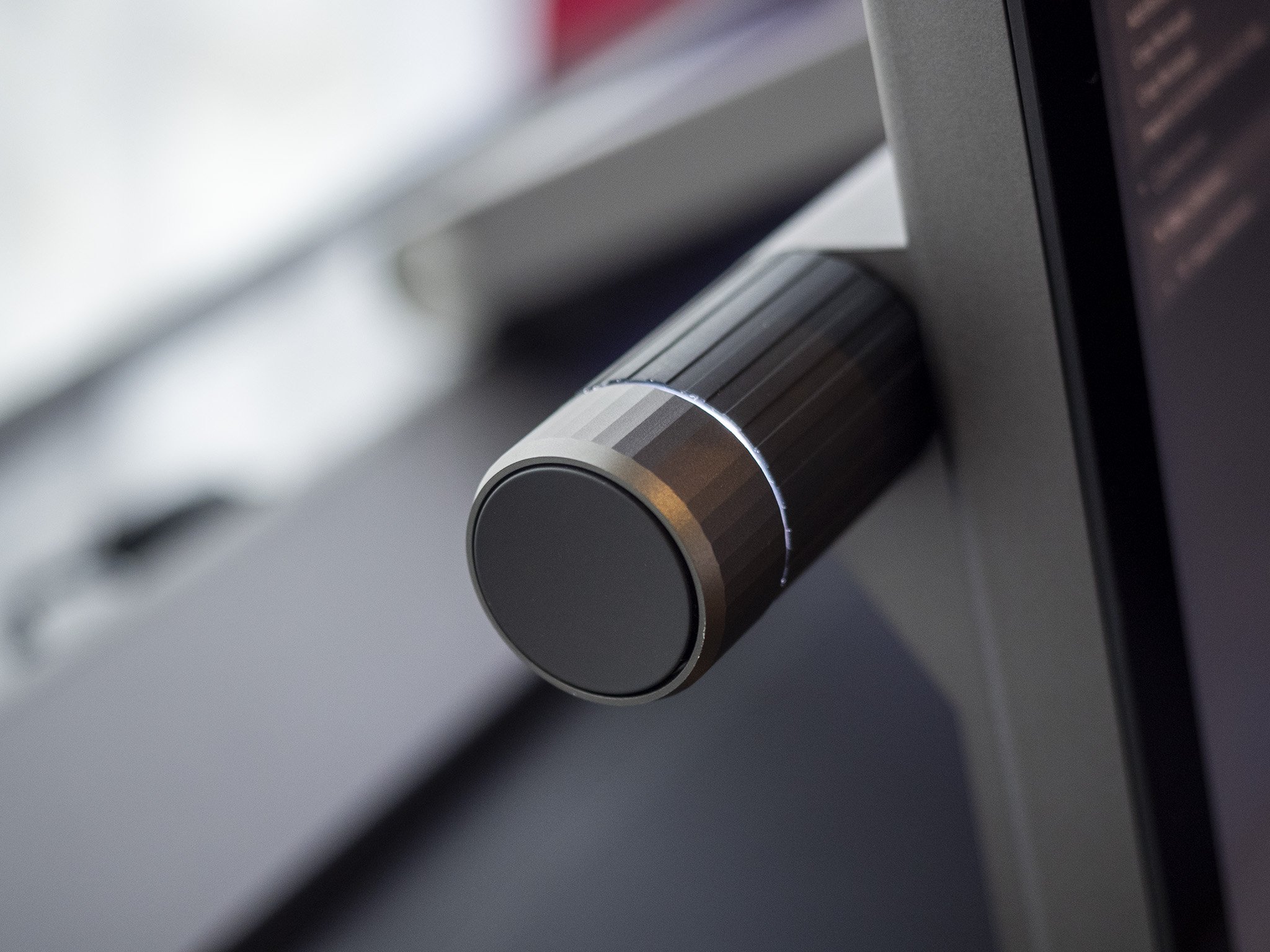
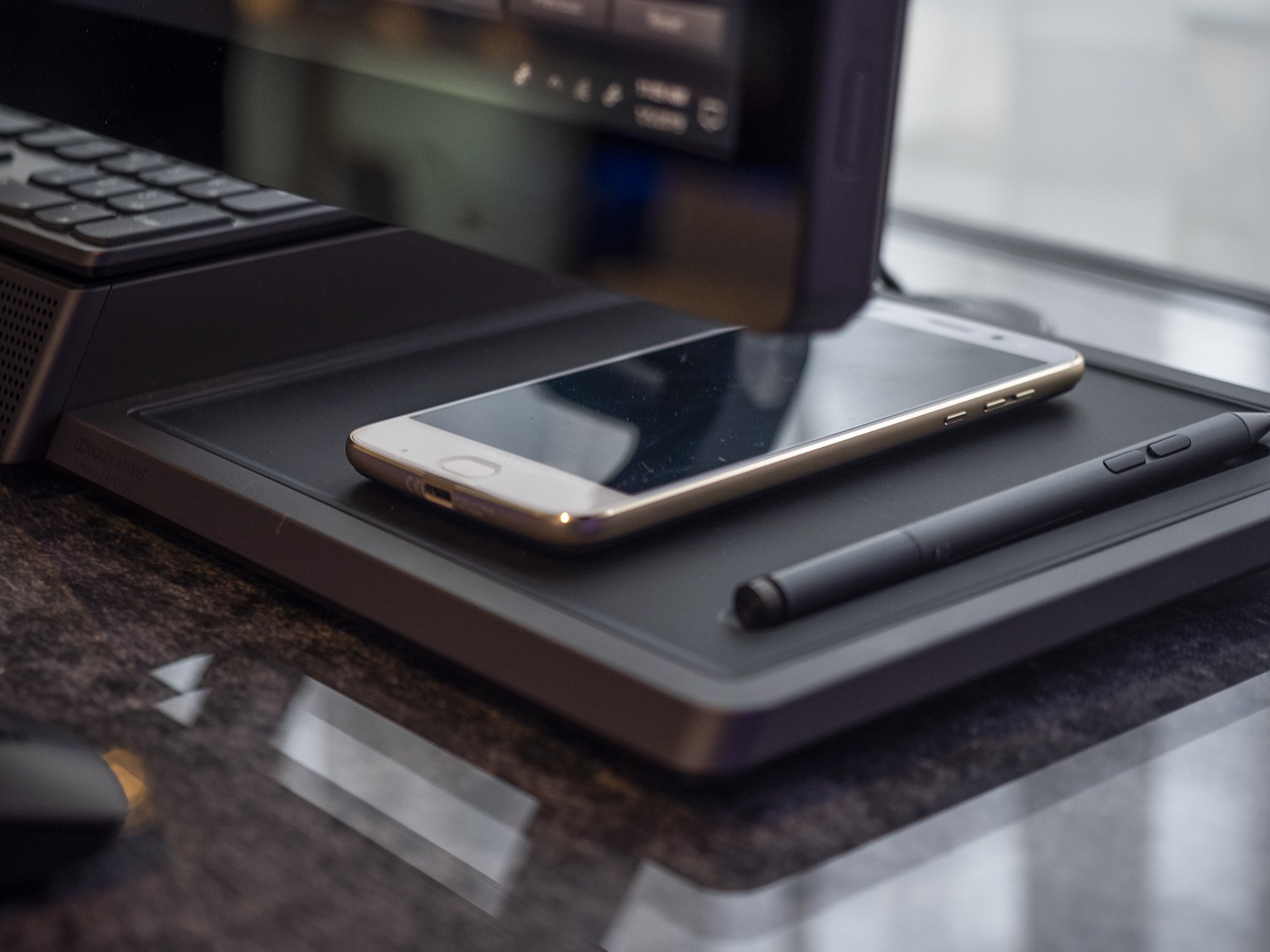
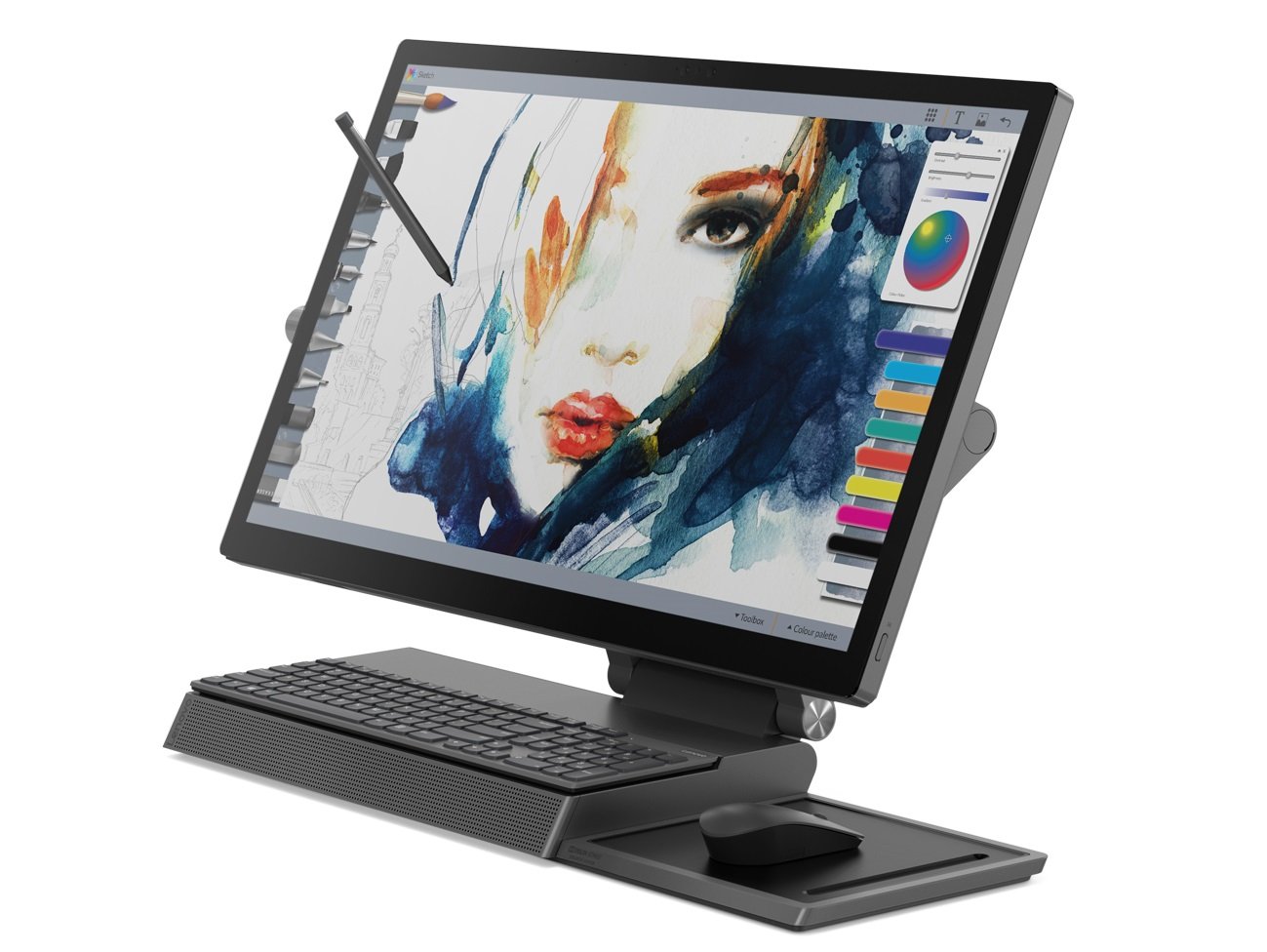
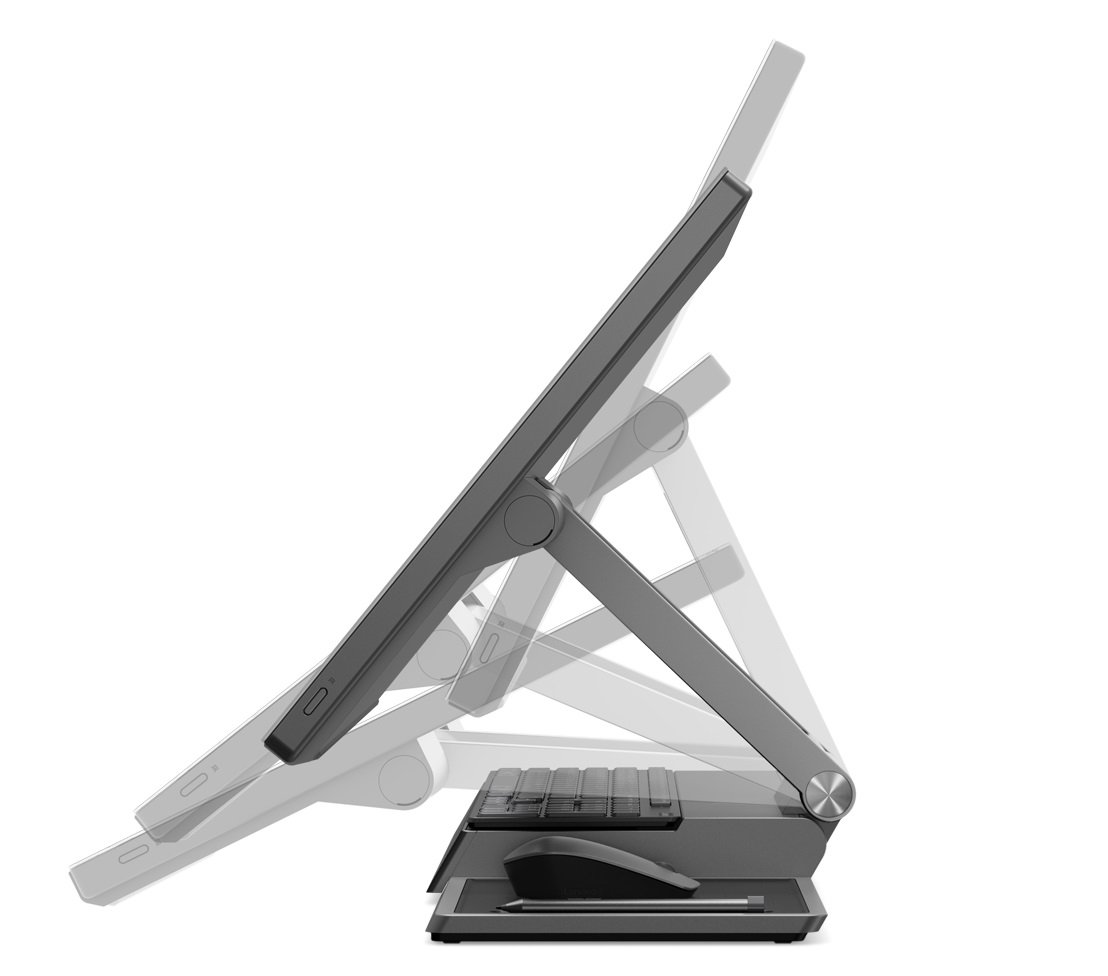
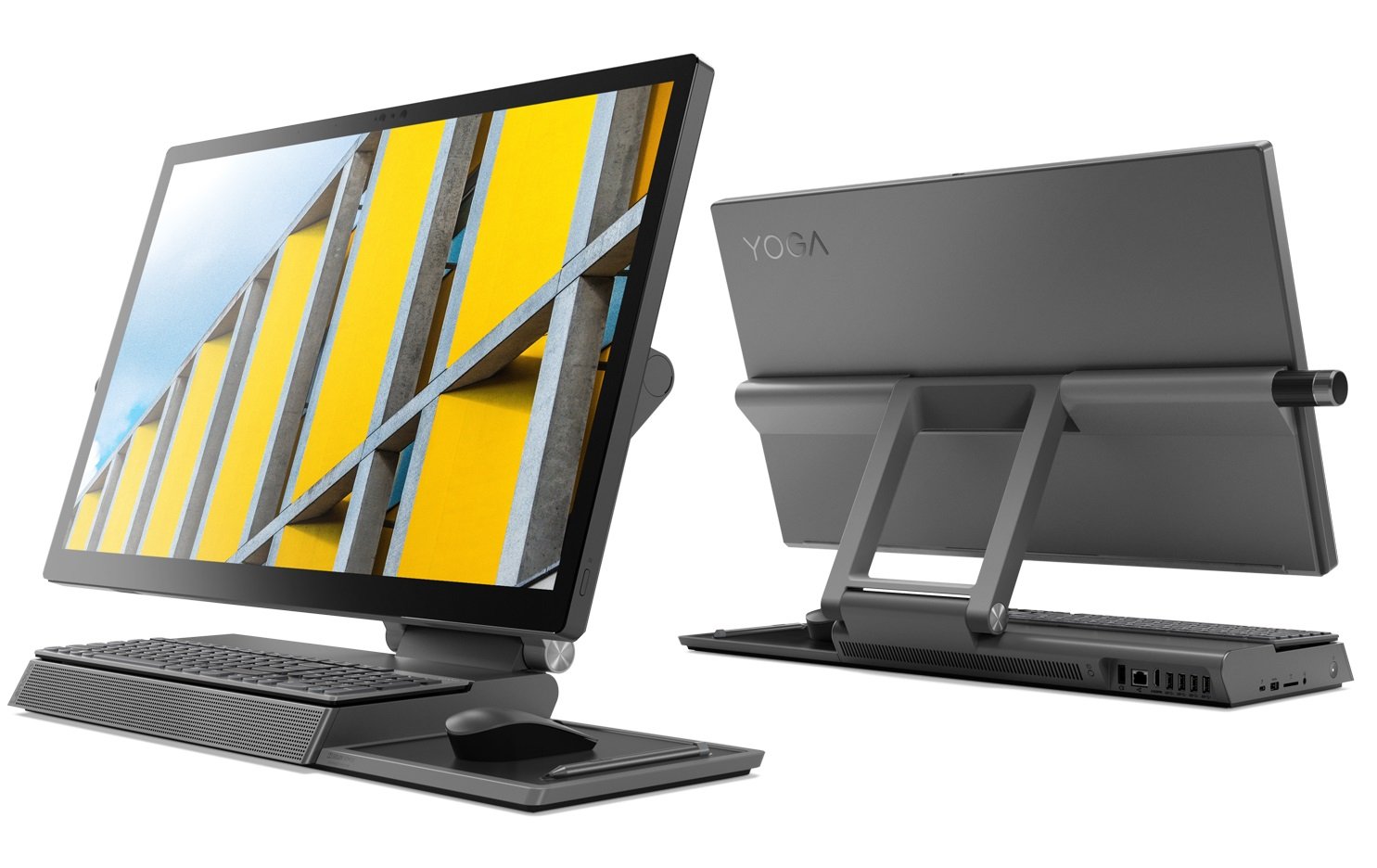

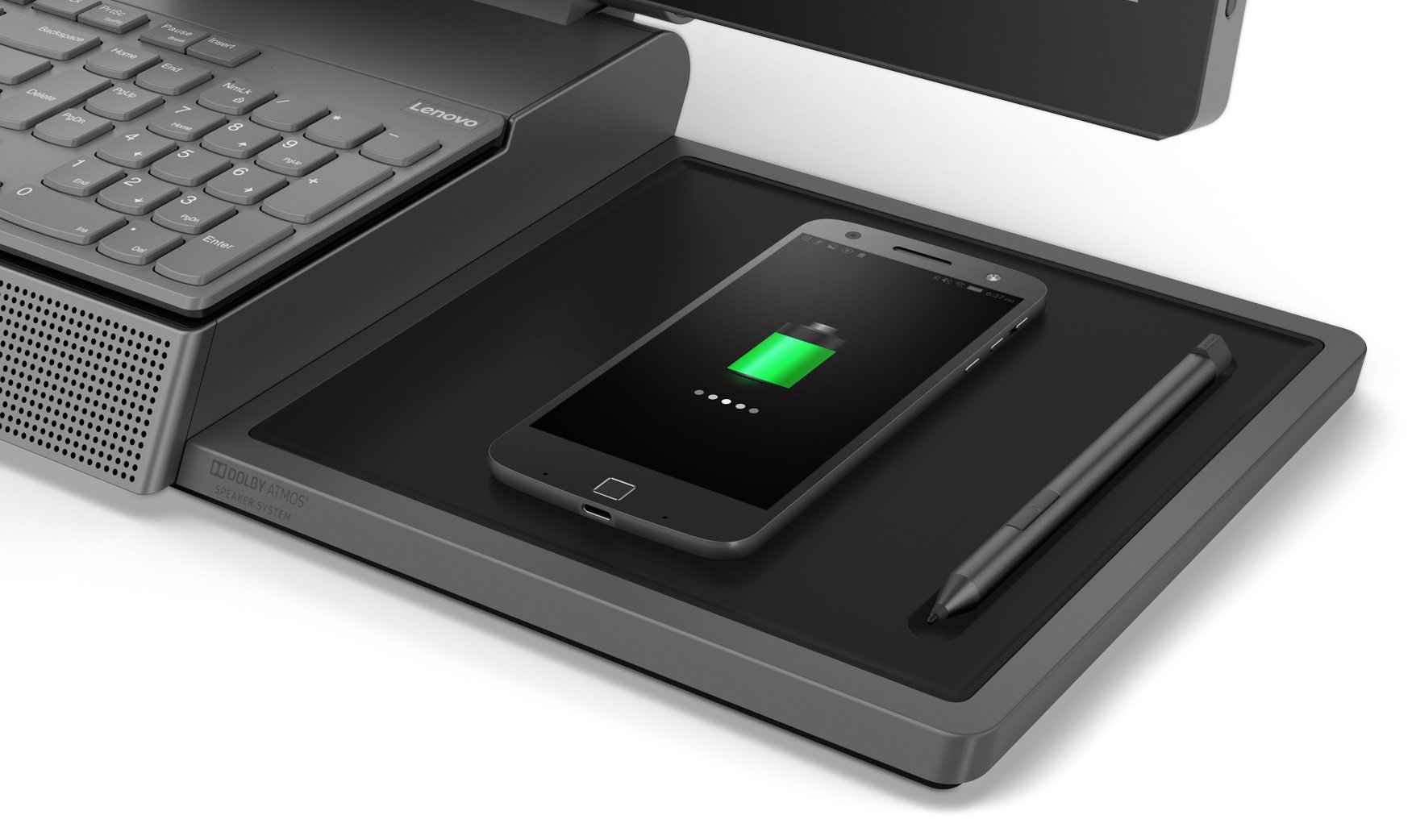
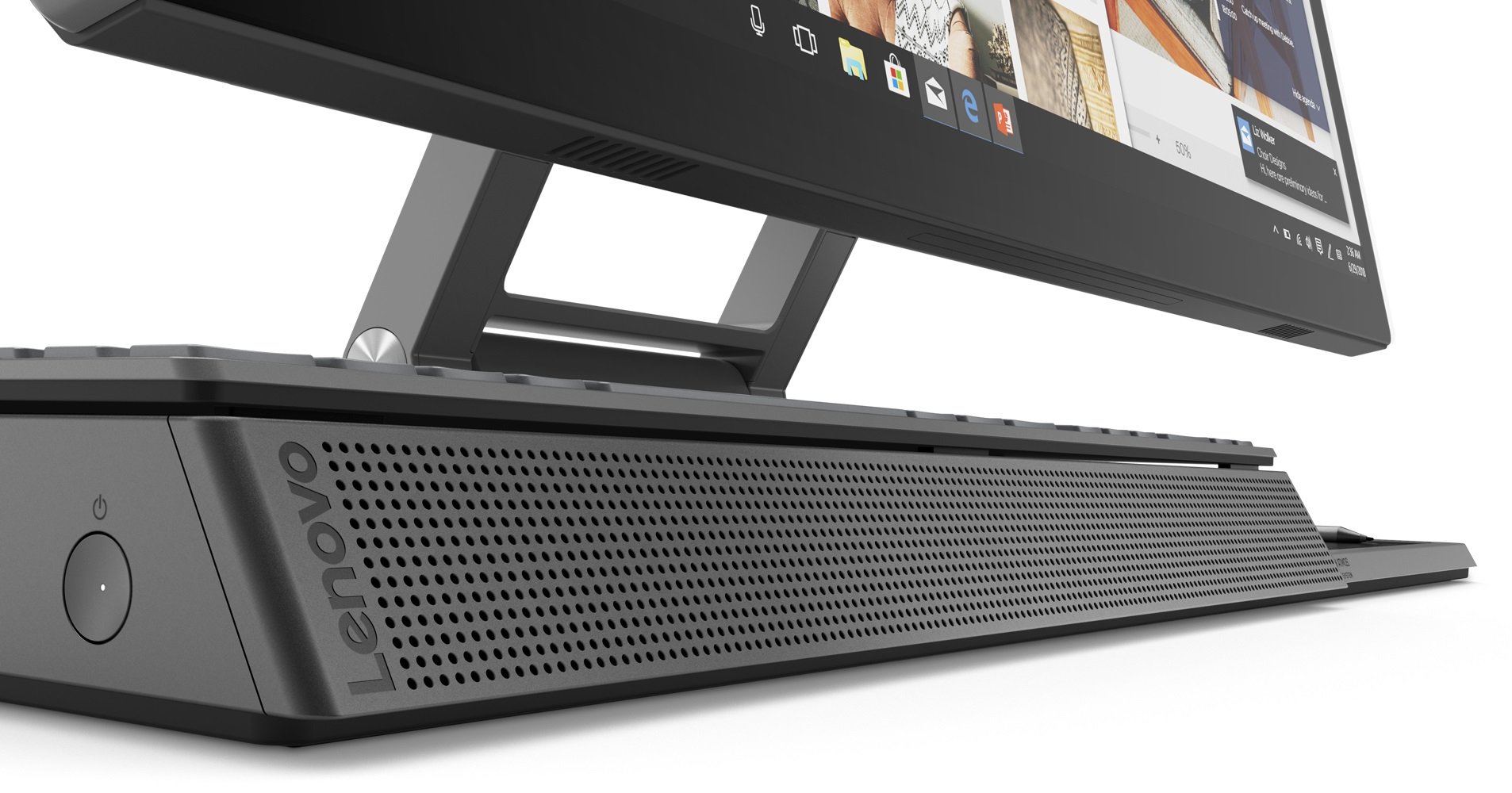
The display and audio Lenovo is using Dolby Vision HDR – even with the optional 4K 27-inch panel – and Dolby Atmos with the five speakers (including a few front firing) for immersive audio and video. That display can fold down – although not quite as elegantly as the Surface Studio – to a 25-degree angle akin to a drafting table familiar to all artists and engineers.
Another big bonus is users can access the innards of the Yoga A940 through the removal of a few screws on top of the base. Once opened owners can swap out and upgrade the storage and even RAM given a little more life to the all-in-one down the road.
Finally, Lenovo is keeping the price of the Yoga A940 well below that of the Surface Studio with a starting price of $2,350 – that's a hefty $1,150 cheaper letting a more extensive audience get into the whole 27-inch digital drawing experience. Combined with Lenovo's ability to ship worldwide and the Yoga A940 is likely to land on many more desks than Microsoft's pricier all-in-one.
Look for the Yoga A940 to hit store shelves in March.

Daniel Rubino is the Editor-in-chief of Windows Central. He is also the head reviewer, podcast co-host, and analyst. He has been covering Microsoft since 2007 when this site was called WMExperts (and later Windows Phone Central). His interests include Windows, laptops, next-gen computing, and wearable tech. He has reviewed laptops for over 10 years and is particularly fond of 2-in-1 convertibles, Arm64 processors, new form factors, and thin-and-light PCs. Before all this tech stuff, he worked on a Ph.D. in linguistics, performed polysomnographs in NYC, and was a motion-picture operator for 17 years.
